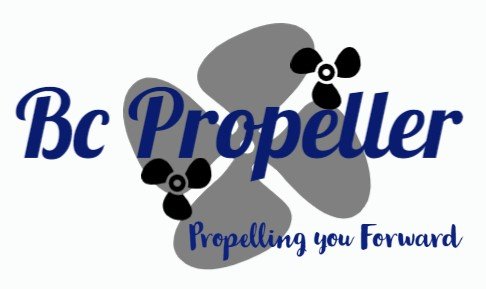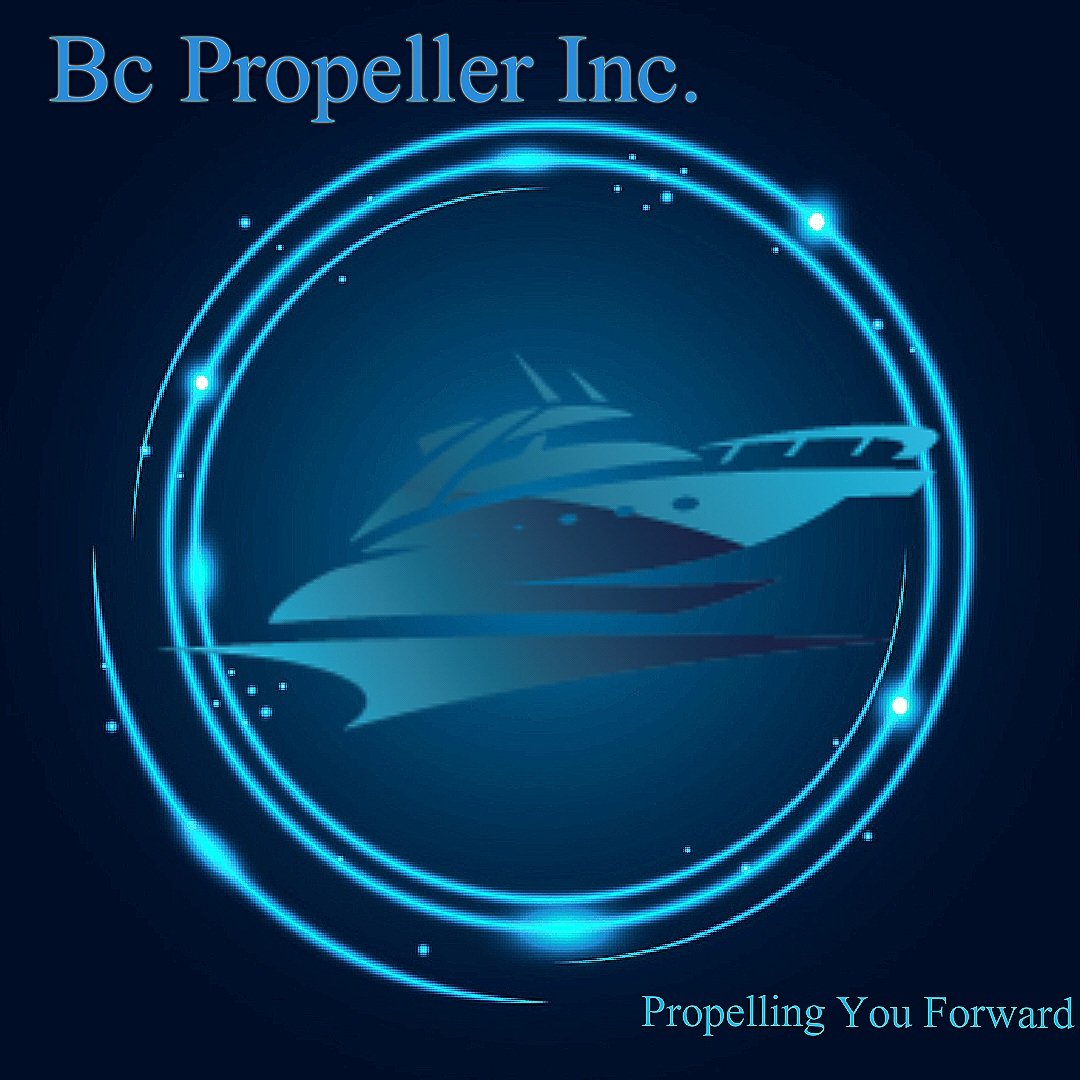Services
New Propeller Sales and Consultation
Basic Propeller Information
Diameter
Is measured at two times the distance from the center of the hub to the tip of the blade. It is used as the first number listed when describing a propeller.
Pitch
This would be the second number used in the propeller description. It is defined as the theoretical forward movement of a propeller during one full revolution (with the assumption that there is no slippage between the propeller and the water).
Cupping
Most propellers used today utilize a cup at the trailing edge of a propellers blade. This curve allows for a better “grip” on the water. It can reduce ventilation, slipping, and enable better hole shots.
Ventilation
Ventilation occurs where surface air or exhaust gasses are drawn into the propeller blades during use. When this happens boat speed is lost and the engines RPM’s climb. This can happen from tight cornering, a motor with high mounting on the transom, or by over-trimming the engine. Rake
Rake
Rake is defined as the degree that blades slant forward of backwards in relation to the hub. It can affect the flow of water through a propeller and impact a boats performance.
Cavitation
Is an occurrence where water vaporizing due to extreme reduction of pressures on the back of the propeller blade. Some cavitating is normal but an excessive amount can result in damage to the propeller’s blades.
“The time to repair the roof is when the sun is shining”
John Fitzgerald Kennedy







